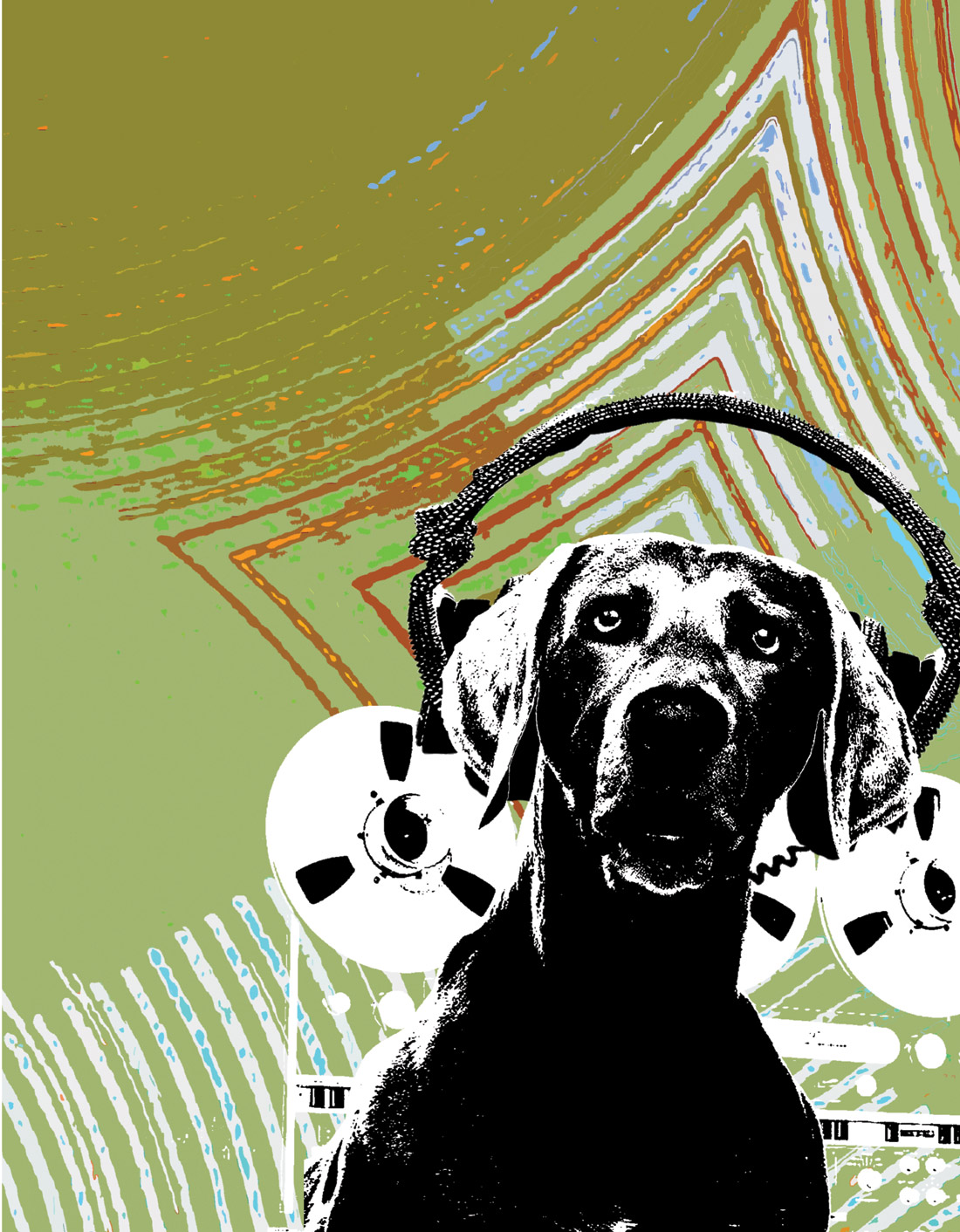As I've mentioned in the past, a properly positioned subwoofer can reproduce the low frequencies that the main speakers simply can't due to room geometry and placement constraints. Even if a full-range speaker has good low-end extension as measured in an anechoic chamber, once placed in a real-world room with low-frequency anomalies that all but the most meticulously-designed and treated rooms exhibit, that speaker may lose the battle against the room's low-frequency modal cancellations and resonances. Nearfield monitors, for example, are typically positioned in a triangular arrangement with the listener for best imaging and detail. But such placement might not be ideal for bass reproduction, as reflections from room boundaries will cause standing waves at low frequencies, and some frequencies will be nulled at the listener and/or at the speaker. If you add a subwoofer to the system, you can position the low-frequency driver-separate from the main speakers-to minimize the detrimental effect of room modes on the lows, while leaving the full-range drivers where they sound best. There are a number of tools available online that can help you choose the best location for a subwoofer based on your room dimensions. These tools are educational, but the easiest method of determining optimal subwoofer position is to "swap" your ears and the subwoofer driver. In other words, place your subwoofer where your head would normally be (and height off the floor is just as crucial as left/right and front/back position), and move your ears around the room (again, height is crucial) while listening to tone sweeps that cover the subwoofer's frequency range. Where you hear sweeps with the least "bumps" or dropouts is where your subwoofer will behave best. Up until last year, I had a Bag End Infrasub-12 PRO (Tape Op #50) in the control room of my personal studio. It's now with my colleagues at WMBR Radio, who set up a room with the powered version of Bag End's matching M-6 monitors (also #50). The Infrasub-12 is an amazing subwoofer, capable of reproducing lows down to 8 Hz, with more power than I needed in my small (18 ft long) room; I was sorry to see it go. I now have an ADAM Audio Sub12 in its place. Although the ADAM is taller and deeper, it's 4" thinner than the Bag End, so it gave me a placement option that I didn't quite have with the Bag End in the crowded area surrounding my 8 ft wide desk.
The Sub12 is not capable of reproducing inaudible infrasonic frequencies below 20 Hz, like the Bag End Infrasub-12 PRO can. Bag End's argument is that the Infrasub-12 PRO's extreme low-end extension aids the overall phase response. In practice, I couldn't hear a difference in low-end extension or phase response after switching to the ADAM Sub12. My room still sounds well-balanced, with a measured response (at mix position) that's still within 4 dB of flat from 25 Hz to 18 kHz. What I did notice though, is that I can no longer hear the subwoofer "working" in the room; with the Bag End positioned left of the console, my ears could easily "locate" it due to audible energy above its fixed 95 Hz low-pass filter (12 dB per octave). ADAM's documentation doesn't specify the slope of the Sub12 crossover's low-pass filter, but in my room, I get the best results with the variable filter tuned to approximately 80 Hz. At that setting, there are not enough upper lows emanating from the Sub12 for me to hear its position once my ADAM S3-A monitors are on. (If I listen only to the sub, I can still hear that it's to my left.) Moreover, the Sub12 sounds extremely tight, without the distraction of a lesser subwoofer's harmonic distortion and resonances, which when heard, will immediately clue your ears to the location of the subwoofer.
Feature-wise, the Sub12 doesn't include bass management for surround sound, so you can't use it to reproduce an LFE channel simultaneously with the L/R channels' lows; you'll need a source (or an external controller) that does include bass management to do that. But as a stereo subwoofer, the Sub12 has all the features you would expect. L/R inputs and satellite outputs are on balanced XLR and unbalanced RCA jacks. Rear-panel switches allow you to swap subwoofer polarity and disable the high-pass filter for the satellite outputs. A third output (XLR-only) can be used to daisy-chain one or more additional subwoofers. And there are knobs for subwoofer level and crossover frequency so you can optimize the Sub12's response for your room and monitoring configuration. On the front-panel are LEDs for power and overload. Even at room-rattling volumes, I've never heard the Sub12 distort or go into any kind of limiting mode, and consequently, I've never seen the overload LED lit. Build quality is on par with the rest of ADAM's well-engineered products, and aesthetics match the S-series best, although it looks the part of sibling to any of the black-finished ADAM speakers. There are only two features that I wish it had-handles to ease placement during setup and a remote bypass switch for A/B'ing-but otherwise, I'm very happy with the Sub12. I recommend it highly to anyone looking for a top-notch subwoofer. ($1999 street; www.adam-audio.com)
Tape Op is a bi-monthly magazine devoted to the art of record making.




_disp_horizontal_bw.jpg)